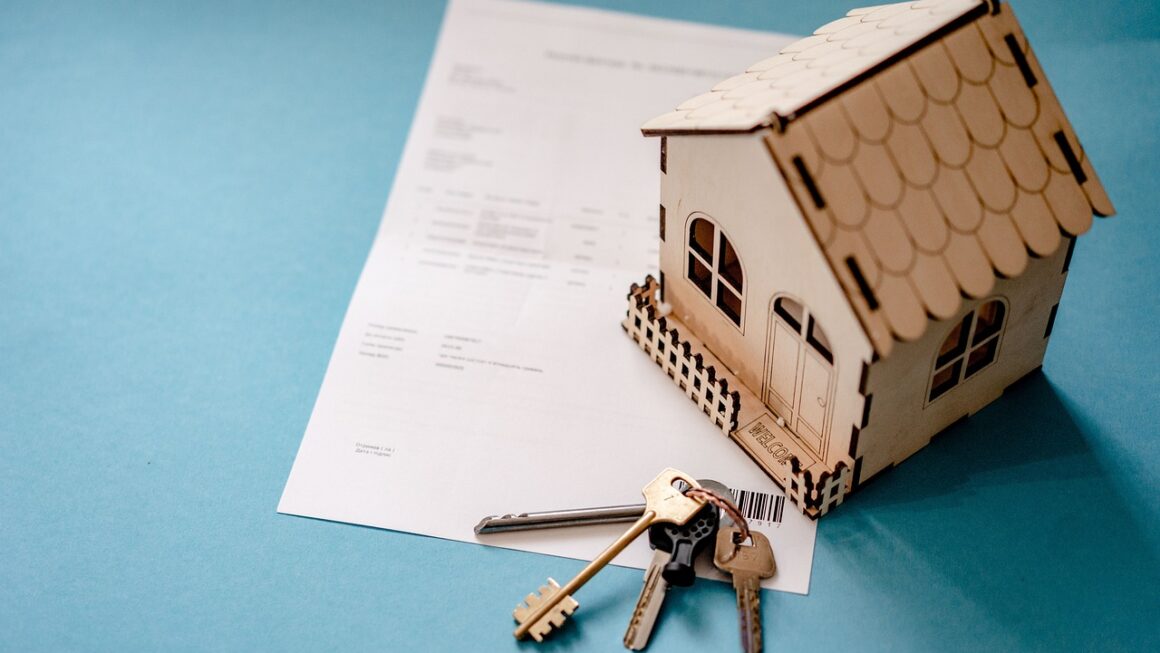Budgeting might sound restrictive, a financial diet depriving you of the finer things in life. But in reality, a well-crafted budget is your financial roadmap, empowering you to achieve your goals, manage your spending effectively, and ultimately, gain control over your financial future. It’s not about deprivation, it’s about prioritizing what matters most to you.
Understanding the Importance of Budget Planning
Budget planning is the cornerstone of financial stability. It’s the process of creating a detailed plan for how you’ll spend your money, ensuring your income covers your expenses and allows you to save for future goals.
Why Budget Planning Matters
- Financial Awareness: A budget forces you to track your income and expenses, giving you a clear picture of where your money is going. Many people are surprised when they actually see the amount they spend on things like eating out or subscriptions.
- Goal Achievement: Whether it’s buying a house, paying off debt, or retiring early, a budget allows you to allocate funds towards specific financial goals. Example: If you want to save $10,000 for a down payment in two years, you’ll need to save roughly $417 per month. A budget helps you identify areas where you can cut back to reach that saving target.
- Debt Management: A budget helps you prioritize debt repayment, allowing you to reduce interest payments and improve your credit score. Example: Instead of making the minimum payment on your credit card, a budget can help you allocate an extra $100 or more each month to pay it down faster.
- Reduced Financial Stress: Knowing where your money is going and having a plan for the future can significantly reduce financial stress and anxiety.
Common Misconceptions About Budgeting
- It’s Too Restrictive: A flexible budget allows for entertainment, hobbies, and occasional splurges, as long as they are planned and accounted for. The key is balance.
- It’s Too Time-Consuming: While initial setup might take some time, maintaining a budget can be relatively quick and easy with the help of budgeting apps and tools.
- It’s Only for People With Financial Problems: Budgeting is beneficial for everyone, regardless of income level. It can help high-earners manage their wealth effectively and avoid lifestyle creep.
Creating Your Budget: Step-by-Step
Developing a budget can seem daunting, but breaking it down into manageable steps makes the process easier.
Step 1: Calculate Your Income
- Net Income is Key: Use your net income (after taxes and deductions) as the basis for your budget. This is the actual amount of money you have available to spend.
- Include All Sources: Account for all sources of income, including salary, freelance work, investments, and any other regular income streams.
- Irregular Income: For variable income, like bonuses or commissions, estimate conservatively or average your income over the past several months.
Step 2: Track Your Expenses
- Categorize Expenses: Divide your expenses into categories such as housing, transportation, food, utilities, entertainment, and debt payments.
- Track Everything: Use a budgeting app, spreadsheet, or notebook to track all your expenses for at least a month to get a clear picture of your spending habits. Mint, YNAB (You Need A Budget), and Personal Capital are popular options.
- Identify Spending Leaks: Look for areas where you can cut back on spending without significantly impacting your quality of life. Small changes, like brewing coffee at home instead of buying it every day, can add up significantly over time.
Step 3: Develop Your Budget Plan
- The 50/30/20 Rule: A simple budgeting guideline is to allocate 50% of your income to needs, 30% to wants, and 20% to savings and debt repayment. This is just a guideline, and you can adjust the percentages to fit your specific circumstances.
- Zero-Based Budgeting: Allocate every dollar of your income to a specific category, ensuring that your income minus your expenses equals zero. This helps you be more intentional with your spending.
- Prioritize Needs Over Wants: Ensure your essential needs (housing, food, transportation) are covered before allocating funds to wants (entertainment, dining out).
- Factor in Irregular Expenses: Account for expenses that occur less frequently, such as annual insurance premiums or holiday gifts. Set aside a small amount each month to cover these expenses when they arise.
Step 4: Monitor and Adjust Your Budget
- Regular Review: Review your budget regularly (weekly or monthly) to track your progress and make adjustments as needed.
- Identify Discrepancies: Compare your actual spending to your budgeted amounts and identify any discrepancies.
- Be Flexible: Life happens, and your budget may need to be adjusted to accommodate unexpected expenses or changes in income. Don’t be afraid to tweak your plan as needed.
Budgeting Methods and Tools
Choosing the right budgeting method and tools can significantly impact your success.
Common Budgeting Methods
- Envelope System: Allocate cash to different spending categories and place it in separate envelopes. Once the envelope is empty, you can’t spend any more in that category. This method is good for controlling discretionary spending.
- Zero-Based Budgeting: As mentioned before, this method requires you to allocate every dollar of your income.
- 50/30/20 Rule: A simpler method that focuses on broad categories.
- Activity-Based Budgeting: Focuses on the costs associated with performing different activities (like marketing or customer service) and building the budget up from there. More common in business environments, but could be applied to household budgeting if you want to track the cost of specific lifestyle activities (e.g., “weekend entertainment”).
Budgeting Tools and Apps
- Spreadsheets: Microsoft Excel or Google Sheets offer customizable templates for creating and tracking your budget.
- Budgeting Apps: Mint, YNAB (You Need A Budget), Personal Capital, and PocketGuard are popular apps that automate expense tracking and provide insights into your spending habits.
- Online Budgeting Software: Quicken and other financial software offer more advanced features for managing your finances.
Choosing the Right Tool
- Consider Your Needs: Choose a method and tool that fits your personality, spending habits, and financial goals. Some people prefer the tactile nature of the envelope system, while others prefer the convenience of budgeting apps.
- Ease of Use: Select a tool that is easy to use and understand. The more user-friendly the tool, the more likely you are to stick with it.
- Integration: If possible, choose a tool that integrates with your bank accounts and credit cards for automatic expense tracking.
Tips for Sticking to Your Budget
Creating a budget is only half the battle. Sticking to it requires discipline and commitment.
Setting Realistic Goals
- Start Small: Don’t try to make drastic changes to your spending habits overnight. Start with small, manageable goals and gradually increase them over time.
- Be Specific: Set specific, measurable, achievable, relevant, and time-bound (SMART) financial goals. Example: “Save $500 per month for a vacation in six months” is a SMART goal.
- Focus on Progress, Not Perfection: Don’t get discouraged if you occasionally overspend. Focus on making progress over time and learn from your mistakes.
Avoiding Common Budgeting Mistakes
- Not Tracking Expenses Accurately: Inaccurate expense tracking can lead to an unrealistic budget.
- Ignoring Irregular Expenses: Failing to account for infrequent expenses can derail your budget.
- Setting Unrealistic Goals: Setting goals that are too ambitious can lead to discouragement and burnout.
- Not Reviewing Your Budget Regularly: Regular review is essential for identifying areas where you can improve and making necessary adjustments.
Staying Motivated
- Celebrate Small Wins: Acknowledge and celebrate your progress along the way to stay motivated.
- Find an Accountability Partner: Share your budget and financial goals with a friend or family member for support and encouragement.
- Visualize Your Goals: Create a vision board or write down your financial goals to stay focused and inspired.
Conclusion
Budget planning is not a constraint, but a powerful tool for achieving financial freedom and security. By understanding the importance of budgeting, creating a detailed plan, choosing the right methods and tools, and staying committed to your goals, you can take control of your finances and build a brighter financial future. It’s a journey, not a destination, so embrace the process and celebrate your successes along the way.




